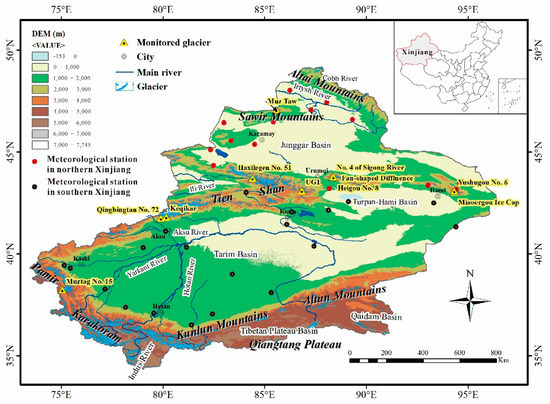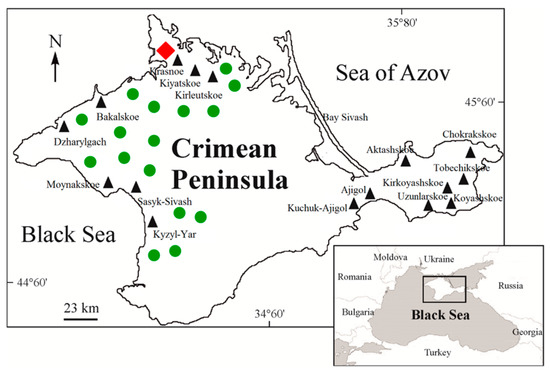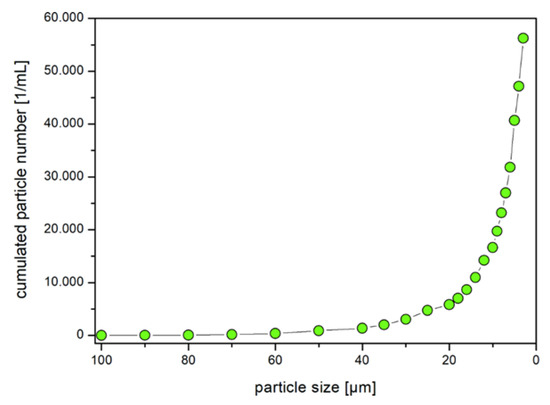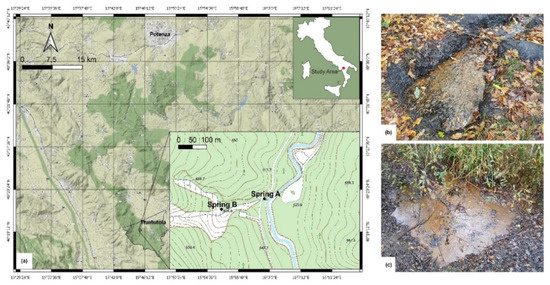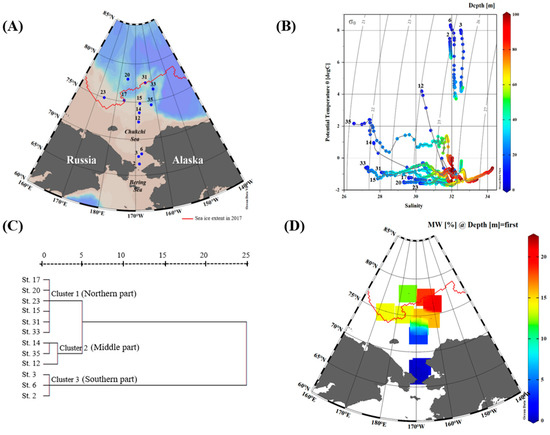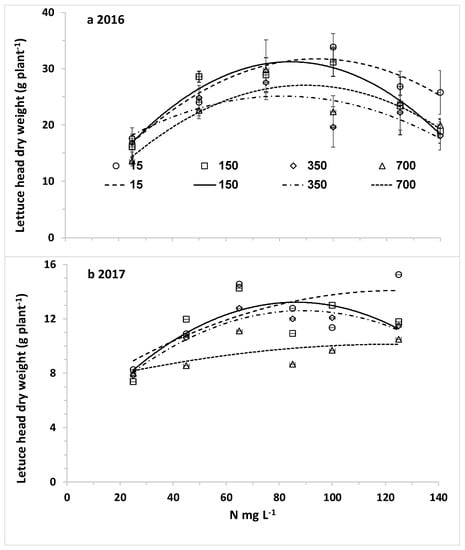Water 2020, 12(9), 2367; https://doi.org/10.3390/w12092367 - 24 Aug 2020
Cited by 23 | Viewed by 5376
Abstract
The Xinjiang Uyghur Autonomous Region of China is the largest arid region in Central Asia, and is heavily dependent on glacier melt in high mountains for water supplies. In this paper, glacier and climate changes in Xinjiang during the past decades were comprehensively
[...] Read more.
The Xinjiang Uyghur Autonomous Region of China is the largest arid region in Central Asia, and is heavily dependent on glacier melt in high mountains for water supplies. In this paper, glacier and climate changes in Xinjiang during the past decades were comprehensively discussed based on glacier inventory data, individual monitored glacier observations, recent publications, as well as meteorological records. The results show that glaciers have been in continuous mass loss and dimensional shrinkage since the 1960s, although there are spatial differences between mountains and sub-regions, and the significant temperature increase is the dominant controlling factor of glacier change. The mass loss of monitored glaciers in the Tien Shan has accelerated since the late 1990s, but has a slight slowing after 2010. Remote sensing results also show a more negative mass balance in the 2000s and mass loss slowing in the latest decade (2010s) in most regions. This needs further investigation on whether the slowing is general and continuing. In addition, glacier surging occurs more frequently in the Karakoram and Kunlun Mountains.
Full article
(This article belongs to the Special Issue Whither Cold Regions Hydrology under Changing Climate Conditions)
►
Show Figures
